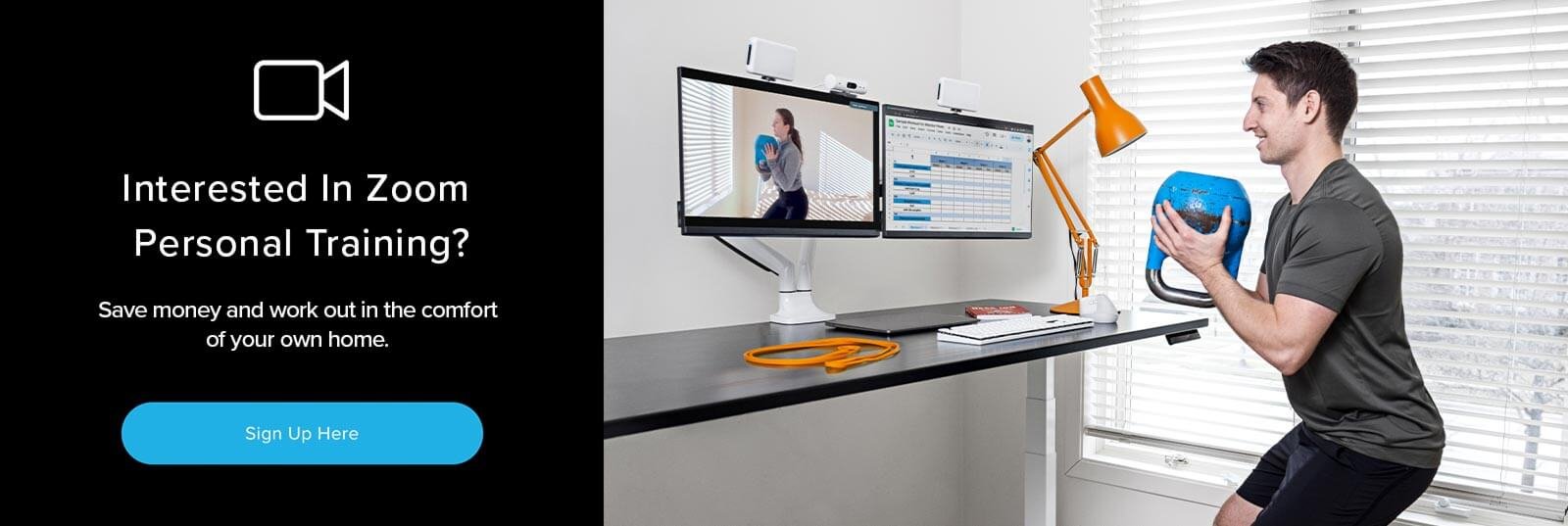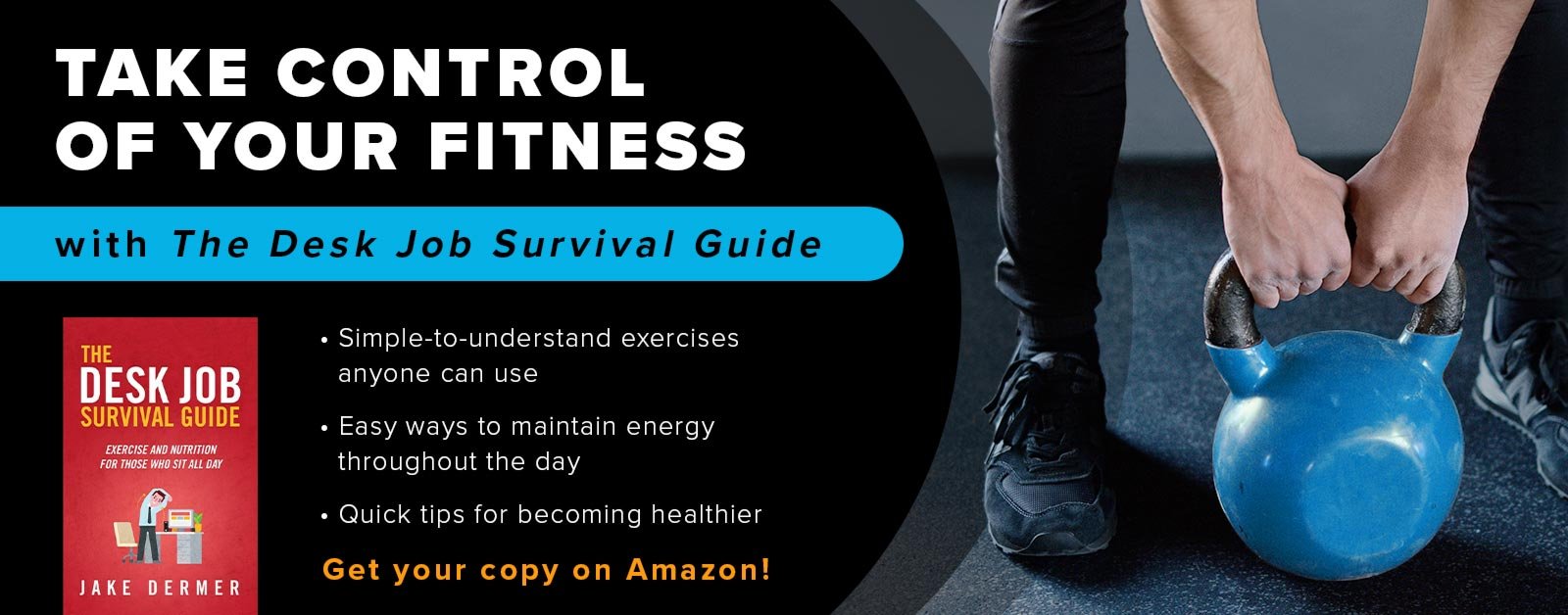Are Kettlebells Good For Beginners?
Starting a new mode of exercise is both exciting and daunting.
It is exciting because you are about to try a bunch of new things and improve rather quickly. There will never be a time in your exercise career where you see results faster than right now.
It is daunting because you have a lot of work to do to become even halfway decent at the exercise.
It doesn't matter what activity you are doing; the first time you do it will likely be a humbling experience. You might not be as strong or as coordinated as you thought you were. You might now realize the intense practice that goes into being able to flow through kettlebell movements.
When you see people who are amazing at swinging kettlebells, windmills, snatches, and Turkish get-ups and think–"that's awesome, I'd like to do those exercises." And you absolutely should. But not on your first day. Probably not in your first week. For most people, not even in the first month.
Anyone can use kettlebells, but kettlebells are not for everyone. In some ways, they are great for beginners, and in others, they are not. We’ll break down the reasons why below:
WHY KETTLEBELLS ARE GOOD FOR BEGINNERS
1. Fast results
Kettlebell training makes you strong, and it does so rather quickly. The reason being that most hard-style kettlebell training puts a large focus on basic movements, breathing, and creating tension throughout your body.
In other words, there is a large focus on lifting technique, and it is the technique for larger movements. You rarely see kettlebell programs with calf raises or bicep curls programmed. Instead, there is an extreme focus on the big movements like squats, deadlifts, and overhead presses.
2. Kettlebells teach good mechanics
With over a decade of personal training experience, I have found no better way to teach proper shoulder press mechanics than with a kettlebell. The shoulder press is one of the most often butchered exercises in the gym. People attempt to challenge their deltoids in ways that aren’t good for your shoulders instead of focusing on efficiency.
Kettlebells are all about efficient movement, and because of how kettlebells are held (as close to your body as possible), the weight stays in line with your center of gravity.
Unlike other exercise modalities, if you do things poorly with kettlebells, it physically hurts or becomes very difficult to perform the movement. It is easy to do poor chest presses with dumbbells but much harder to do that with kettlebells.
3. Kettlebells don’t take much space
A common problem with in-home exercise equipment is having a place to store it. It is hard to fit a treadmill and a full squat rack in a large home, let alone a one-bedroom apartment. On the other hand, kettlebells can tuck aways nicely under a desk or a bench, and you don’t need that many of them.
To start, you will only need two or three kettlebells, which would take up a lot less space than a beginner dumbbell or barbell setup.
There are many more reasons kettlebells are good for beginners, they are used to train power movements, are fun, and there are endless workouts you can do with them. Although kettlebells aren't all sunshine and rainbows for beginners, there are a few things to be wary of.
WHY KETTLEBELLS ARE BAD FOR BEGINNERS
1. Injury
Like all exercise programs, there is a risk of injury. However, with kettlebells, the risk is a little higher due to the popular kettlebell movements. Often, when a beginner picks up a kettlebell, they instantly want to start swinging and snatching like their favorite Instagram influencer. Without first learning the basics and proper form, this can lead quickly to a doctor’s visit. Swings are an exercise that requires a perfect hinge, and snatches are one of the most challenging exercises known to man. Make sure you master the basics at the bottom of this article before you try anything more advanced.
2. Wrist/forearm pain
Depending on your kettlebell's size and shape, you may find it pretty uncomfortable to hold in the rack position. While it will get better with time as you toughen up a bit and dial in your form, it can still turn off some people. You can always start off wearing a sweatband on your wrist.
RACK POSITION
Some coaches might tell you that pain in your forearm is good feedback when performing new movements, but you can feel that feedback plenty well through the sweatband.
A general rule in fitness: “NO PAIN, is good pain.” Whoever said, “No pain, no gain” probably had terrible form. Just because something is difficult doesn’t mean it should cause physical pain.
3. Starting with power moves
Again, the most significant danger of kettlebells is trying to do too much too soon. Progress slowly and start with the basics. Get to know the kettlebell a bit, feel comfortable in the rack position before trying a clean. Be comfortable in holding the kettlebell overhead before trying to catch anything in that position.
START WITH THESE FIVE BASIC KETTLEBELL MOVEMENTS
Deadlift/Hinge: The hinge is the basis for the majority of complex kettlebell movements (swing, snatch, clean). It also is a great hamstring and glute exercise.
Reverse Lunge: This is how you get off the ground and another fundamental movement. The overhead reverse lunge is part of a Turkish get-up and targets your quads and glutes.
Floor Press: Before you run, you have to walk. Before you press something overhead, you should press it out in front of you. A kettlebell floor press is more like a tricep press with a dumbbell than a chest press. Keep your elbow tight to your body, keep your forearm straight, and try to punch the ceiling. You’ll notice quickly why floor presses are great for your chest and triceps.
Squat: Squats are the basis for push presses, getting off the couch, and defecating in the forest. The kettlebell position during this goblet squat adds a core challenge to this otherwise lower body burner.
Rack Marches: This core exercise is a great way to get comfortable in the rack position. Marching in place for a minute with a big piece of iron on your arm will challenge your balance and prepare you for cleans and push presses.
Give these and other more static kettlebell movements a try for a week before attempting any ballistic movements.
Finally, let's answer our initial question, are kettlebells good for beginners?
Yes, Kettlebells are an excellent exercise modality for a complete beginner, but those super badass looking exercises are not.
If you enjoyed this article, you might also like:
100 Kettlebell Swings A Day Challenge
How To Get Abs Using Only Kettlebells







